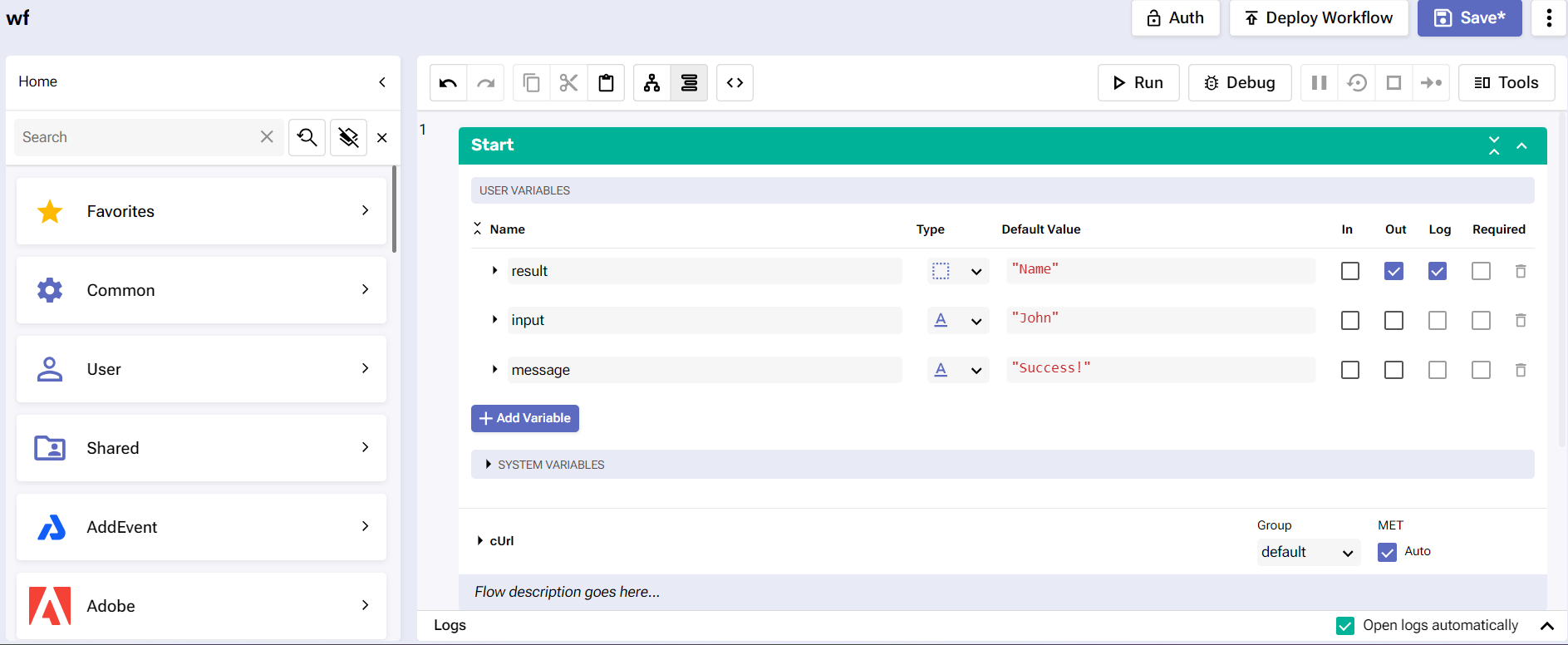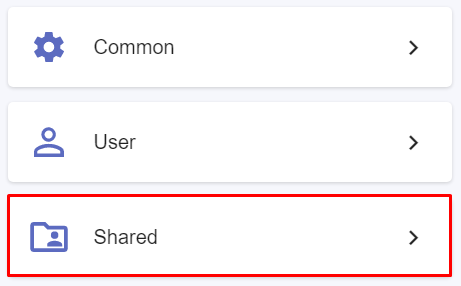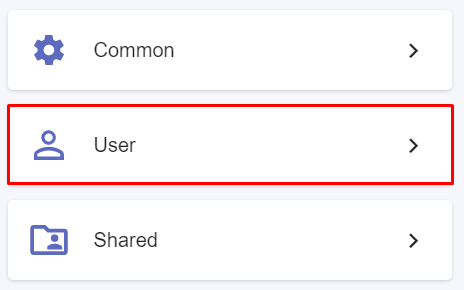Blocks
Overview
Blocks are a fundamental component of the Workflow Editor. They exist on the platform in the form of different integrations.
You can find them organized into folders on the left side of the Editor screen and collapse or expand them with the help of the left arrow button.
The folder structure is strictly hierarchical, meaning blocks are contained within clusters of larger entities (APIs, providers, custom folders).
Features
There are three types of blocks - action, control, and function.
You can see which one you’re dealing with by hovering over the colored circles positioned next to a block logo.
When you don’t know the purpose of a block, hovering over the question-mark icon will give you some insight.
Most blocks are stored in a common folder, as they share identical features when it comes to working in the Editor.
You can add blocks to a separate Favorites folder.
To add a block to this folder, click the star icon at the lower-right corner.
When you collaborate with other users, they might have permission to view or edit certain flows from your Pliant instance.
They exist in the form of blocks within a Shared folder.
Similarly, workflows accessible only by you are stored within a User folder.
Blocks are clicked on and dragged into a workflow. Their position - above, between or below other blocks - depends on their function and the effect you’re aiming for.
Another way to insert is with the Take block icon.
If you click the icon, red dashed zones will appear between the blocks of the workflow. Hovering over a region makes it green - you can place the new block there.
The Start block is a workflow’s beginning by default. It affects the subsequent behavior and structure of the flow.
Select a block from the list below to learn more about it.
Children macro unable to render for apps.












